Search Articles
Browse Content (p. 29)
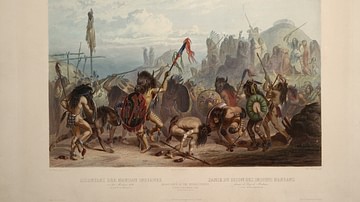
Article
Mandan Buffalo Dance
The Mandan Buffalo Dance is a ceremonial ritual observed in the modern era to honor the spirit of the buffalo and preserve Native American cultural traditions and was performed in the past for the same reasons just prior to the buffalo-hunting...
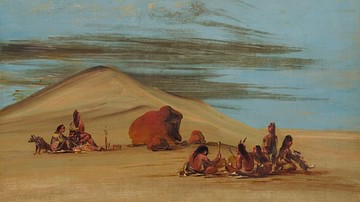
Article
Native American Land & The Mysterious Butte Legend
The Native American understanding of the land as a living thing, providing for, guiding, and speaking to the people, is expressed in many of their stories, legends, and lore and, among these, in the Sioux legend of The Mysterious Butte in...
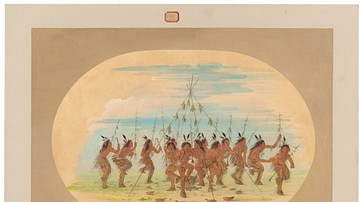
Article
Sioux Story of The Gift of Corn
Corn (maize) was central to the lives of Native Americans across North, Central, and South America. Maize was introduced to North America from Mesoamerica c. 700/900 CE and transformed the lives of the indigenous peoples. Every tribal nation...
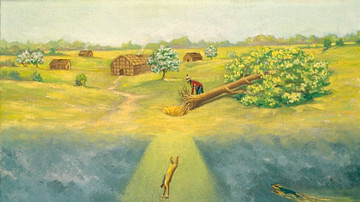
Article
Lakota Sioux Creation Story
The Lakota Sioux, like other tribal nations, had many versions of a creation story but all involved Wakan Tanka (Great Mystery or Great Spirit), the supreme creative power in the universe, who made all things and so caused all to be related...
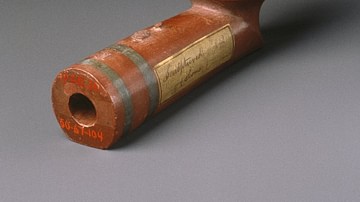
Article
Sioux Ceremonial Pipe
The Sioux ceremonial pipe is a sacred object of the Sioux nation used in the seven sacred rites as well as other observances to connect the people with the Great Spirit (Wakan Tanka), Mother Earth, the spirit world, and each other. Pipe rituals...
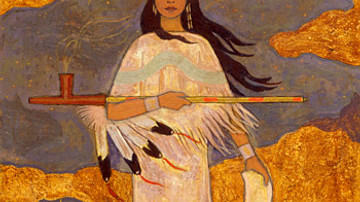
Article
White Buffalo Calf Woman
White Buffalo Calf Woman (Ptesan-Wi) is a supernatural entity of the Sioux religion, who serves as an intermediary between Wakan Tanka (Great Mystery or Great Spirit) and the people. According to Sioux lore, she appeared to the people in...
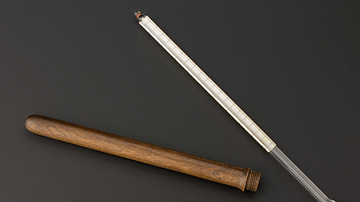
Article
The Thermometer & the Scientific Revolution
The thermometer was invented in the mid-17th century during the Scientific Revolution when scientists began to search for an accurate instrument to measure a wide range of temperatures using a scale that could be compared with other readings...

Article
Herod's Harbor
Herod's Harbor was a giant port built between 22 and 15 BCE by Herod the Great (r. 37-4 BCE), Rome's client king. Situated on the lower eastern Mediterranean coast north of Alexandria and south of Tyre, with Rome's largess and building skills...
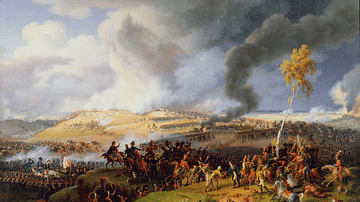
Article
Battle of Borodino
The Battle of Borodino (7 September 1812) was a major battle fought during Napoleon's invasion of Russia. It saw the French Grande Armée of Emperor Napoleon I (r. 1804-1814; 1815) narrowly defeat an imperial Russian army under Mikhail Kutuzov...

Article
Doge's Palace in Venice
The Doge's Palace, or Palazzo Ducale, in Venice, Italy, was the seat of power of one of the world's most powerful city-states, as the Venetian Republic dominated the Mediterranean for centuries. The bright façade of the palace marks the very...